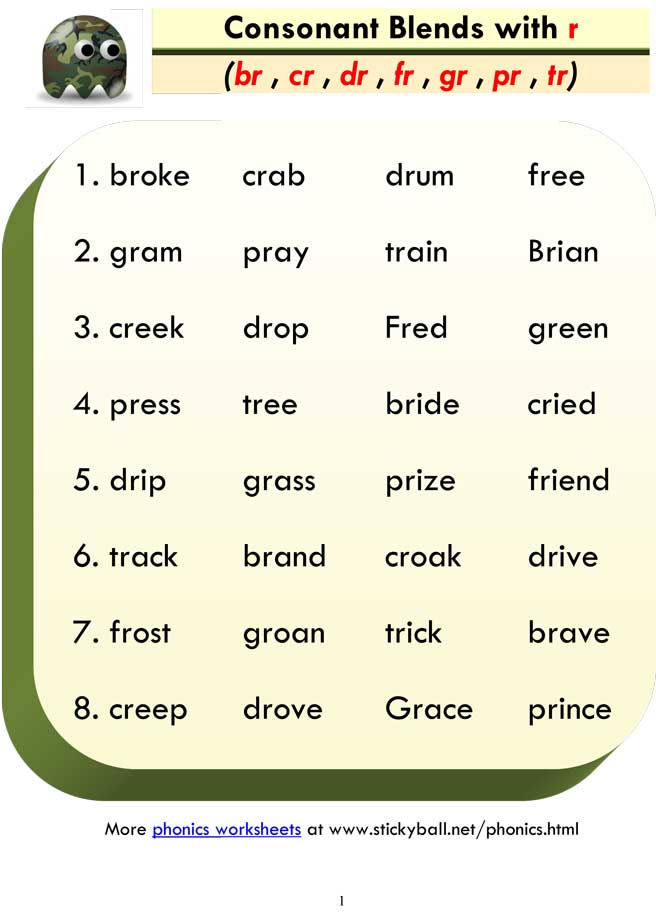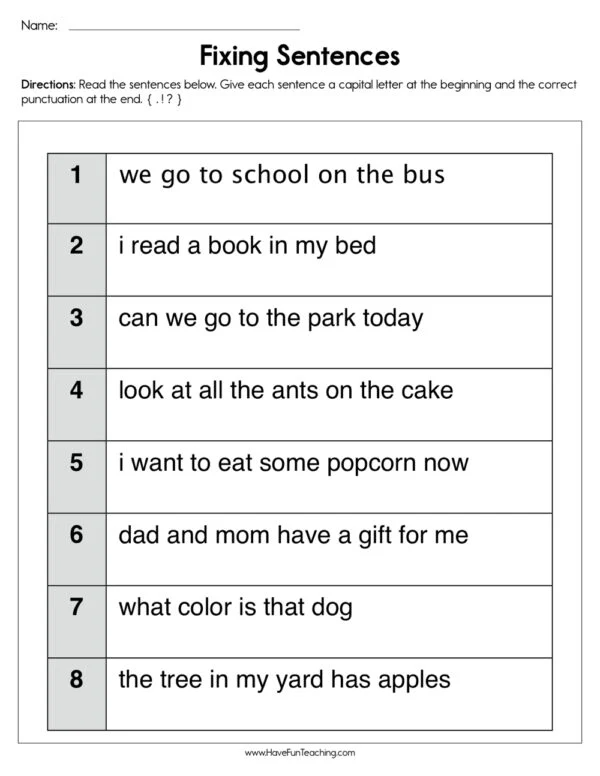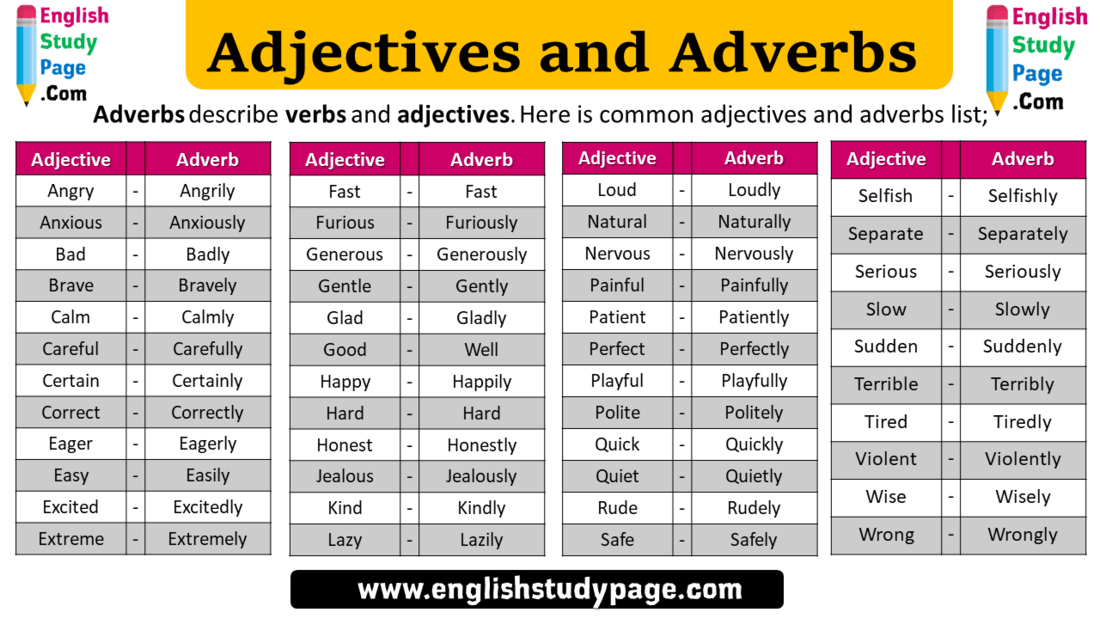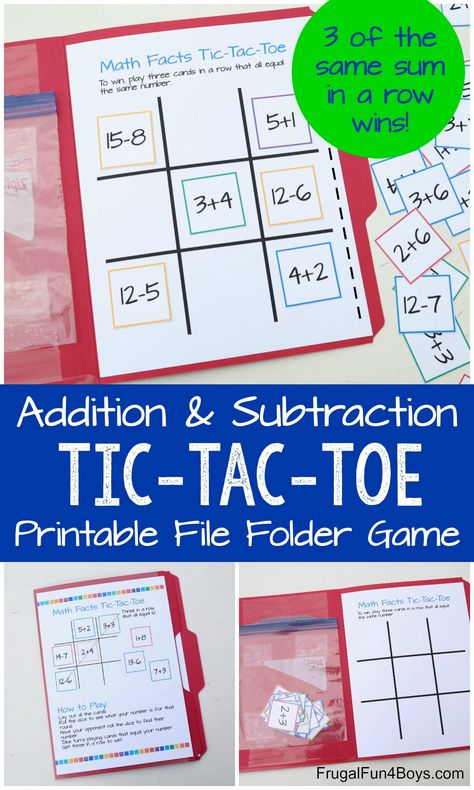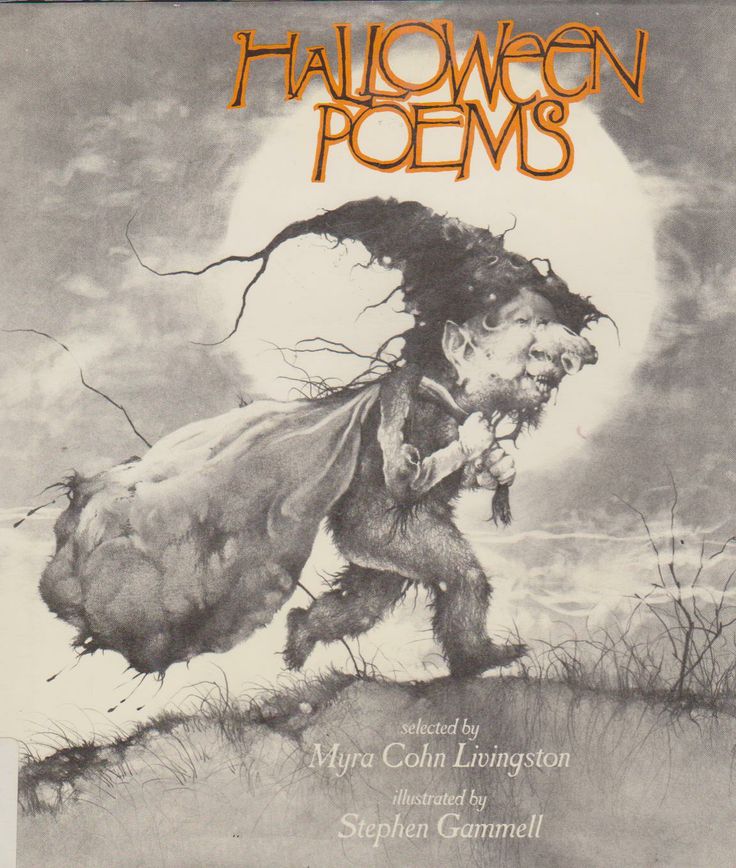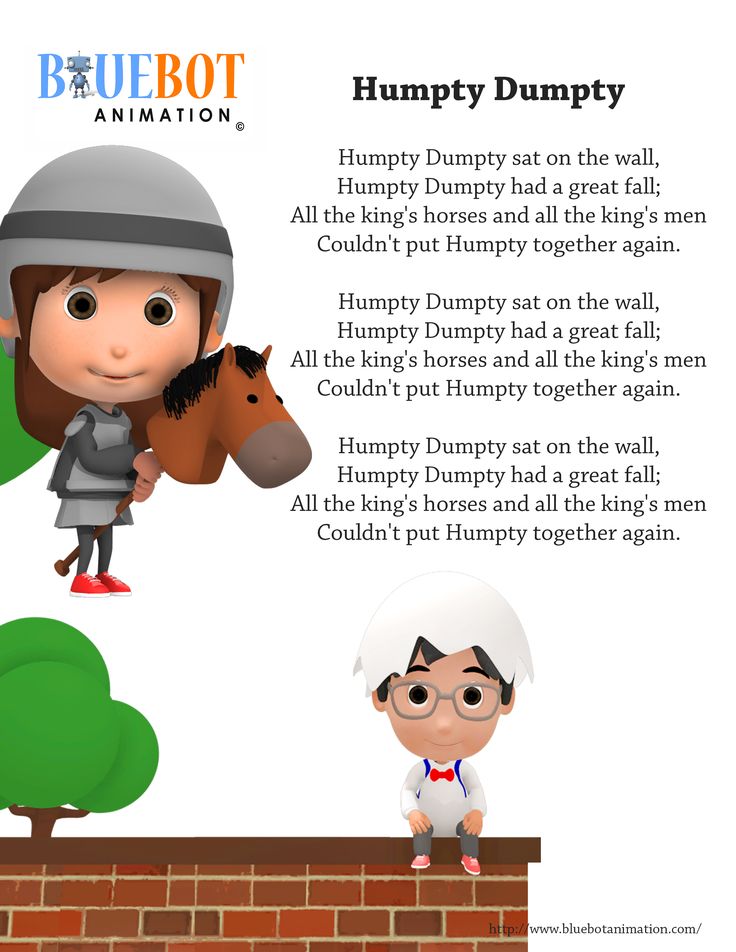When should children know colors
When Do Toddlers Learn Color? Questions Answered
Here’s a fun fact: Toddlers learn best during fun and play! Teaching colors can also be fun and interactive. Toddlers are naturally attracted to bright colors and teaching them how to recognize these colors can be effortless. This article will serve as an easy guide on how you can help your little ones learn and identify basic colors and shapes.
Image from Piqsels
When Do Toddlers Learn Colors
According to the American Optometric Association, an infant’s vision can significantly improve during the first few months after birth. Babies can already see shades of black, white, and gray while color vision will start to develop at around 4 months.
Depth perception will start developing after 5 months where your baby can see more clearly and follow movements with their eyes.
At 2 years of age, your child’s in-depth perception and eye-hand coordination should already be well developed. Children at this age are always on the move. Their curious little minds make them highly interested in looking around and exploring their environment. This is one of the best times to let them start learning colors and basic shapes.
Issues Toddlers Encounter When Learning Colors
Some children identify colors faster than others and some can identify only one or two. The rate of how fast kids learn multiple colors varies on their developmental stage. Frequent exposures through fun activities and color games can help strengthen your child’s color recognition skills.
Though learning colors may not be bright and sunny at all times. Parents encounter a lot of issues that hinder their child’s ability to tell color differences. For example, by presenting the same objects for color reference the child would likely associate those objects with their color name. For a child to be able to develop the ability to discern colors from the same object will take time and patience.
Developmental Issues in Learning Colors
Most children get confused with the different color shades at first, that is normal, you can’t expect every child to get it right the first time.
But in cases like, when your child is having difficulty verbally communicating the color names even if they know it or having trouble recognizing the green ball from the red one, aside from other colors, then they might be experiencing some developmental issues.
There are a lot of developmental concerns that can delay a child’s pattern of development. Color blindness, for one, can prevent the child from learning certain colors. Autism is another factor that can cause a developmental delay in learning shapes and color
Different Facets of Learning Shapes and Colors
For your little ones to be able to grasp the basic concept of color and recognize a shape is a developmental milestone. It is an age-specific task that young children can accomplish at a certain age.
We are living in a world filled with different colors that our children can see every day. From the blue sky to the green grass and a red ball in the backyard, your kids should be able to distinguish which color is which.
Allowing your child to be aware of the colors in their surroundings is understanding how important it is for them to understand the different aspects of learning colors.
Tips on How to Teach Colors and Basic Shapes to Toddlers
A toddler’s brain is like a sponge, they are ready to absorb everything that is going on around them. For them, the world is a big classroom. It is the perfect time for them to master foundations for future skills.
There are a lot of different ways that you can come up with creative ideas to help your child enjoy while learning. From indoor to outdoor activities to fun and games, the sky’s the limit. Here are some tips on how you can help your child learn the simplest forms of learning shapes and colors:
Related Read: How Can a Teacher Best Help My Child?
Try to Engage Them Is Simple Activities Like Painting and Color Matching
Trying to match the colors, like putting the blue block beside the blue shirt is one of the simplest ways to learn color matching.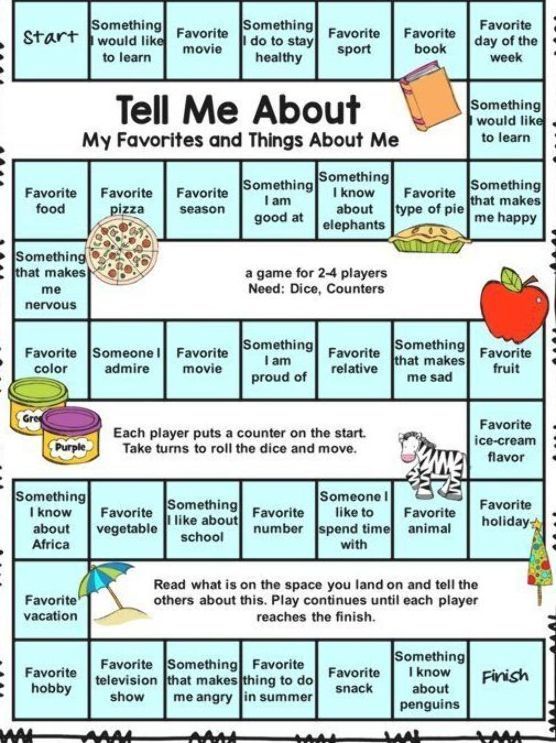 Aside from practicing their fine motor skills, it enhances their ability to recognize colors.
Aside from practicing their fine motor skills, it enhances their ability to recognize colors.
The idea of using colorful objects to help learn the primary colors is both fun and effective when dealing with toddlers.
Great Activity: 10 Cinco De Mayo Art Projects for Preschoolers to Celebrate Mexican Culture!
Painting is another creative and fun activity to help kids learn colors and shapes. Painting helps a toddler explore color mixing. It can be a little messy, but using washable paints can give your child the freedom to discover new colors on their own by mixing paints.
Image from PxHere
Same Color Games With Colorful Objects
Activities such as sorting red blocks from blue ones are also a fun way of encouraging the cognitive way of color sorting. You can also use flashcards or ask them to find objects around that house of the same color. Place down a colored paper on the table and let your child match it with the same colored block.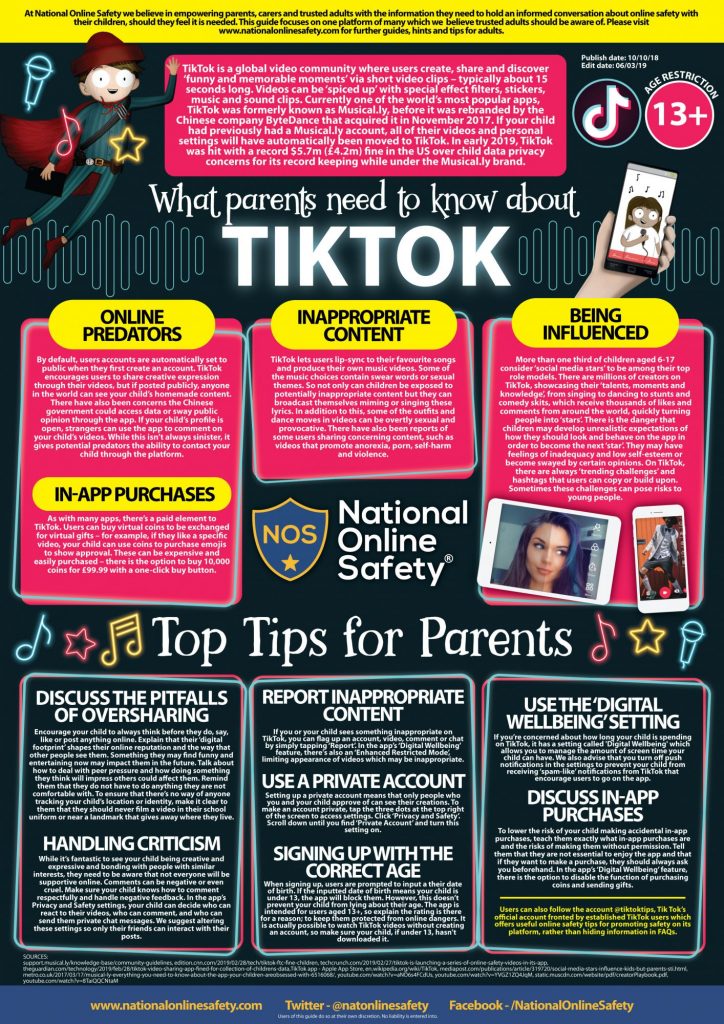
These kinds of activities can stimulate and reinforce your child’s mind to know the differences between various colors and objects they are trying to match. Color learning can also be a great way for parent and child bonding.
Learning perception is different between kids and adults. Kids mostly learn through association. Using colorful objects and associating them with different color names can be the best way to help them learn colors faster.
Engage Them With Coloring Activities
Color activities such as coloring books and color words are fun ways to keep them busy and occupied. Plus, it helps with color learning.
These types of activities can stimulate their creativity and also be an exciting way to introduce colors. Coloring materials can also foster their awareness of the different colors that they can use to color the whole image.
Allowing your child to take part in such activities can also strengthen their ability to focus, coordinate and cultivate their hidden creative talents.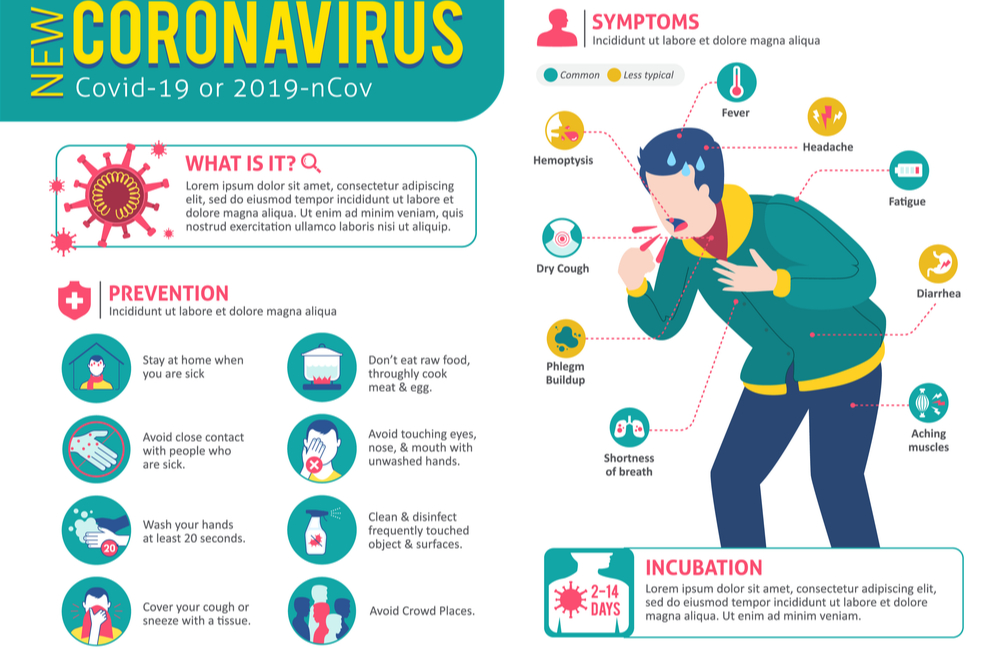 Letting them complete their coloring tasks can boost their self-esteem and sense of accomplishment.
Letting them complete their coloring tasks can boost their self-esteem and sense of accomplishment.
Related Read: How to Color Easter Eggs with Food Coloring & Natural Dyes
The Best Time Teach Shapes for Most Children
Most toddlers begin identifying primary colors at the age of 2 years old. But, naming shapes is a type of skill that might take a little longer to develop for some kids. Generally, at the age of 3, many children can already identify some of the more advanced shapes.
Common shapes such as squares, rectangles, triangles, and circles should already be recognized by toddlers aged 2 years old and above. It can be easily reinforced by pointing out objects inside the home that are shaped the same.
The Best Age for Toddlers to Learn the Alphabet
Learning the alphabet is another educational milestone that will prepare them in learning how to write and read in the future. Usually, young children should be able to recognize the alphabet at the age of three.
Though some will need more time to learn it, you can always help your child gain competency by teaching and encouraging them to sing the alphabet song daily. Colorful alphabet books and other visual aids can also make your child’s learning experience with letters fun and interactive.
Best Time for Toddlers to Start Learning Numbers
Introducing number recognition to toddlers is important to help them understand the concept of counting. Some children start counting from one to ten at the age of two. Though they can’t understand the concept, they can learn it through repetition.
Letting them count common objects that they can see around them is a great activity to exercise their mind. Kids learn faster if the topic interests them and using fascinating objects can keep them more engrossed with the learning activity. Though we all know that children learn and develop at different rates, learning numbers can happen in their own time.
Best Time for Toddlers to Learn Nursery Rhymes
Nursery rhymes can benefit toddlers through language and cognitive development.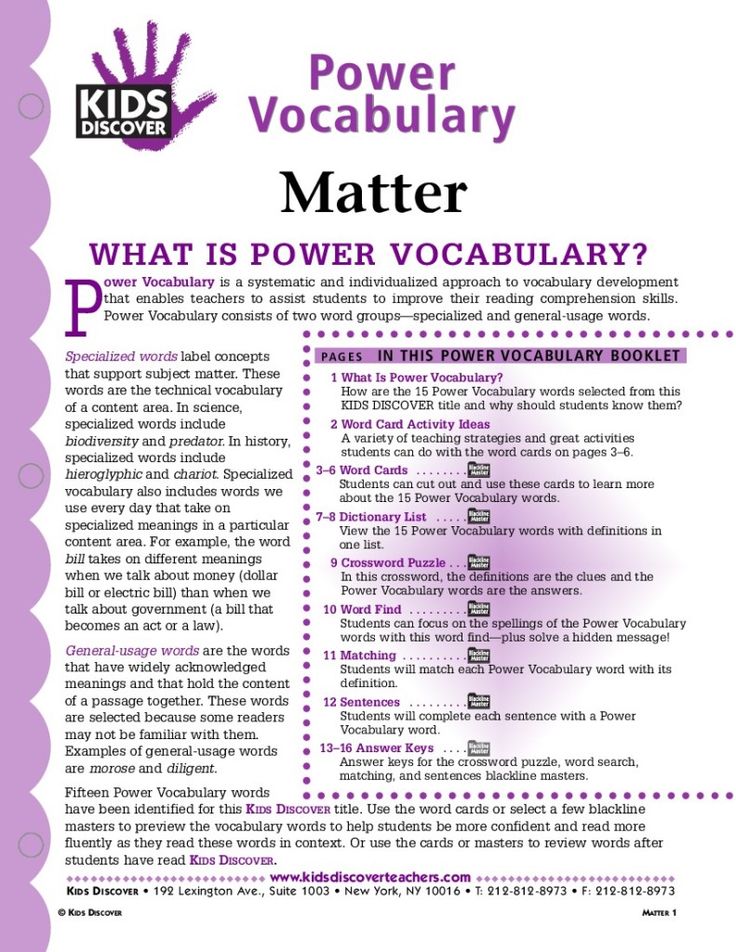 It is where they can learn new words, practice memorization, and easily recall. Nursery rhymes are also a great way to teach toddlers how to count and say the alphabet. But when is the best time to let your toddler memorize nursery rhymes?
It is where they can learn new words, practice memorization, and easily recall. Nursery rhymes are also a great way to teach toddlers how to count and say the alphabet. But when is the best time to let your toddler memorize nursery rhymes?
Most children who are exposed to nursery rhymes at a very young age can memorize and sing the tune at 2 years of age. By the time they are four, they can sing the tune with the lyrics. One of the best moments of being a parent is to watch your child sing along with their favorite nursery rhyme. It is both delightful and entertaining.
Best Time for Toddlers to Learn Sensory Skills
Toddlers use their sensory skills to explore the things around them. Sensory play and activities help promote a child’s sensory development. This can build up their ability to accomplish more complex tasks and support other skills such as language development, social interaction, problem-solving skills, and cognitive growth.
The best time for your toddlers to learn sensory skills is during the time when your child starts to react to different sensory experiences.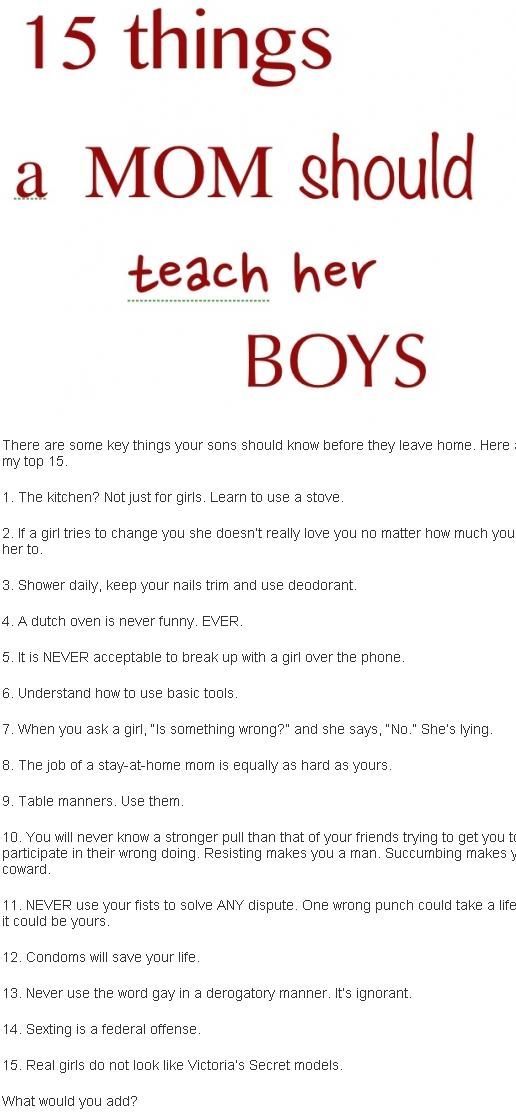 Providing your children with more opportunities to actively explore their senses is crucial for their brain development.
Providing your children with more opportunities to actively explore their senses is crucial for their brain development.
Newborns from 0-to 12 months will already start using their sensory skills as an observer. They take in new sensations such as sound, smell, taste, and texture as an active participant.
By the age of 12 months, they will start grabbing and putting things in their mouth. When they reach the toddler stage it is easier to introduce the different senses through sensory activities. At this rate, they are slowly trying to get a grip of what their senses are for.
Related Read: Are Exersaucers Bad for Babies?
Image from Flickr by Nenad Stojkovic
Frequently Asked Questions
Should a 2 Year Old Learn Colors?
A two-year-old may not be able to understand the concept of colors completely but they should be able to identify at least one color at this age. By this time, the child should learn how to name colors and identify basic shapes and numbers.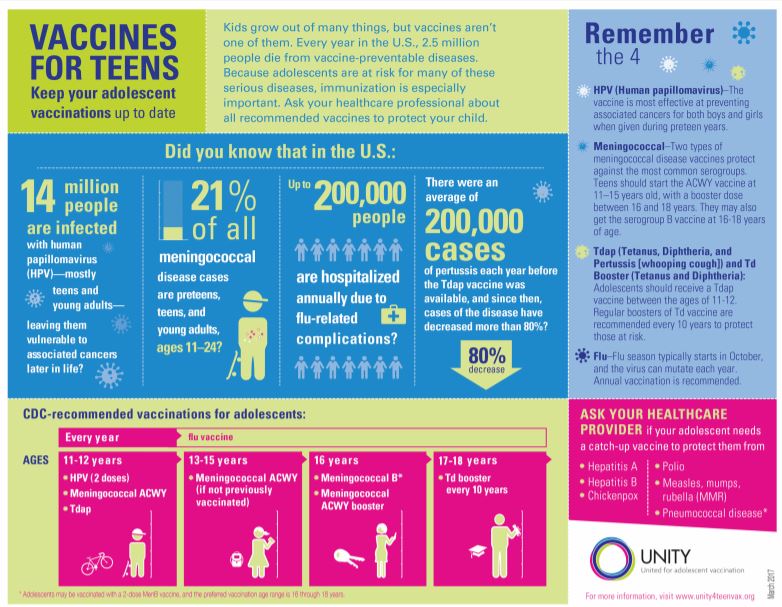 Allowing them to participate in fun activities can effectively help them learn primary and secondary colors faster.
Allowing them to participate in fun activities can effectively help them learn primary and secondary colors faster.
What Age Should Toddlers Identify Colors?
Most children can identify at least 2 colors when they are 3 years old. It is also the best time to play a matching game using the different objects that can be seen around them. There are a lot of ways that you can help your toddler learn colors more quickly. You just have to be more patient and supportive when teaching them.
Final Thoughts
You can make learning fun and stimulating for toddlers to help them accomplish their developmental milestones. Some of the kids will develop their skills sooner than others but allowing them to learn at their own pace can help them enhance their ability to accomplish more complex tasks in the future.
More on Child Development
- When Do Babies Stop Drooling | Drooling Questions Answered
- When Do Babies Hold Their Head Up? Know your baby’s Motor Development
- When do Kids Start Talking?
When Do Kids Learn Colors?
by Tony
Kids Learning ColorsAs a parent, you want to make sure your children stay on track developmentally.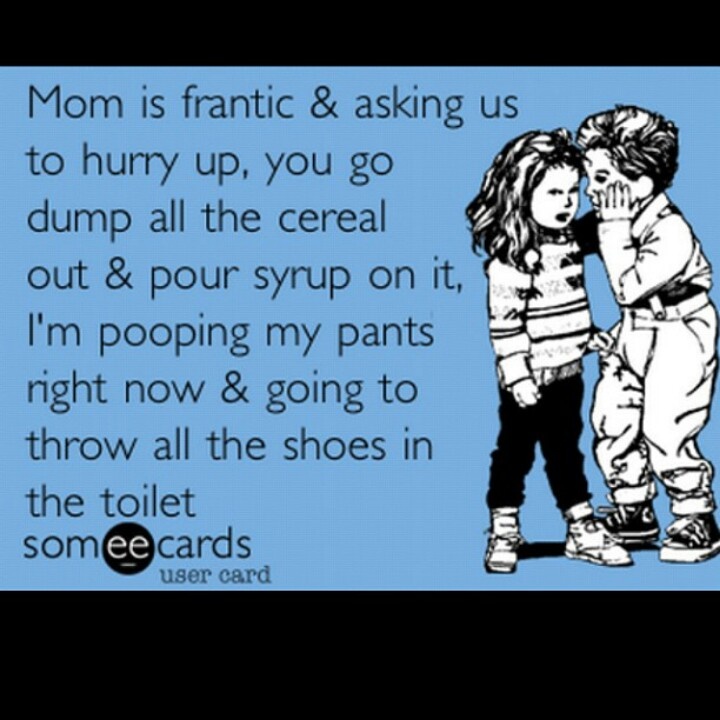 It can be easy to worry if you feel your child is behind. One concern many parents have involves learning colors. There can be a lot of misinformation and incorrect expectations when you just want to know, when do kids learn colors? To wade through the confusion, you need to know the timeline of development for learning colors and what activities can help your child advance.
It can be easy to worry if you feel your child is behind. One concern many parents have involves learning colors. There can be a lot of misinformation and incorrect expectations when you just want to know, when do kids learn colors? To wade through the confusion, you need to know the timeline of development for learning colors and what activities can help your child advance.
Your child’s ability to see color develops by four months. Since that time, you probably noticed your baby loves bright colors. Attraction to these colors is common for babies and seeing these colors aids in their ability to discern color later in life. The time it takes kids to learn their colors varies just like any other development stage. No child is the same, but kids recognize colors around 18 months. This development continues through age two. By age three, most children should know at least one color. The Centers for Disease Control recommends that children know multiple colors by age four.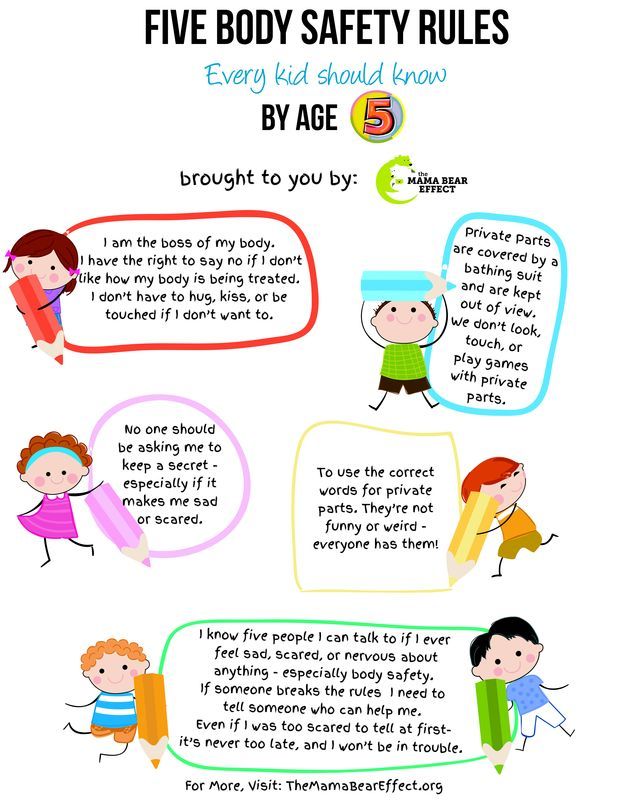 Some kids may even know more colors than that, but your cue to know if your kid is on track or not is the ability to identify at least one color by age three. At the same time that children are starting to recognize color, they are also beginning to develop the ability to discern between sizes, such as big and small, and shapes.
Some kids may even know more colors than that, but your cue to know if your kid is on track or not is the ability to identify at least one color by age three. At the same time that children are starting to recognize color, they are also beginning to develop the ability to discern between sizes, such as big and small, and shapes.
Some parents believe their children know their colors better than kids actually do. This is because it can be difficult for children to separate color from its object. If you use the same objects to teach and describe colors over and over again, your child likely associates the color name with the object. They do not understand the difference between the color and the noun of association. For instance, when you call an object a red ball, your child understands the entire name of the ball as red ball instead of separating the color name from the object name. Developing the ability to discern color from the object takes time.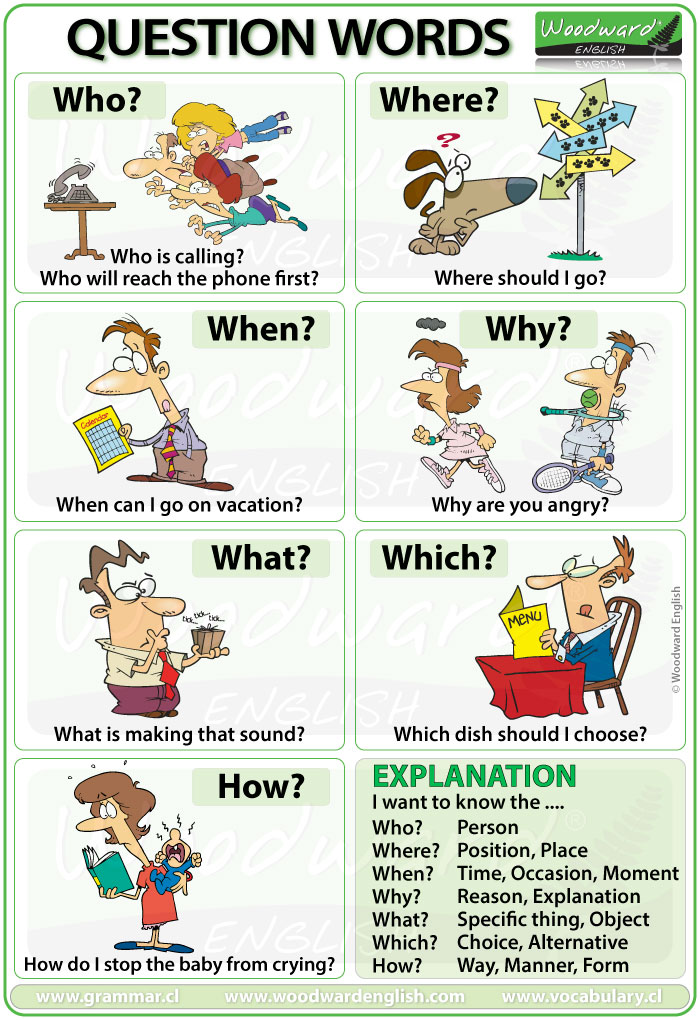 Many parents use shapes and colors together to teach their children about both. This is a great idea, but your child likely does not distinguish the green from the triangle. The color concept becomes too abstract for them to comprehend.
Many parents use shapes and colors together to teach their children about both. This is a great idea, but your child likely does not distinguish the green from the triangle. The color concept becomes too abstract for them to comprehend.
Another problem parents face is when kids know color words without being able to properly match those words to color. Keeping in mind that kids develop at different rates, many children develop linguistic abilities before they internalize color. Do not worry if your toddler knows and speaks color words but does not accurately identify those colors with an object. If your kid calls her red fire engine yellow, it is normal. Consider it a good sign that your child knows those color words already. Your job is to help your child properly associate language with a color.
Developmental Issues in Learning ColorSome disorders can contribute to slower development in learning colors. Children with an autism spectrum disorder might have problems in communicating that they know a particular color. Instead of knowing color words and not being able to give that color substantive meaning, a child on the spectrum can cognitively understand and identify colors but be unable to express the name of the color verbally. If your child has attention deficit disorder, it might be difficult to get them to pay attention when teaching colors. This can also lead to delays. For children with either of these challenges, try to avoid distractions and keep anxiety levels low when playing games or doing activities to help your kids learn their colors.
Instead of knowing color words and not being able to give that color substantive meaning, a child on the spectrum can cognitively understand and identify colors but be unable to express the name of the color verbally. If your child has attention deficit disorder, it might be difficult to get them to pay attention when teaching colors. This can also lead to delays. For children with either of these challenges, try to avoid distractions and keep anxiety levels low when playing games or doing activities to help your kids learn their colors.
Colorblindness can also limit a child’s ability to learn colors correctly. Colorblind kids have problems distinguishing between particular colors. The specific problem colors can vary from person to person. The extent to which colorblindness affects someone can also differ substantially. The problem amplifies when multiple colors are on top of one another, such as a red bow on a green shirt. If you have concerns, it is best to see a doctor.
Different Aspects of Learning ColorsTo understand how to teach colors to toddlers, it is important to keep in mind the different facets of color learning.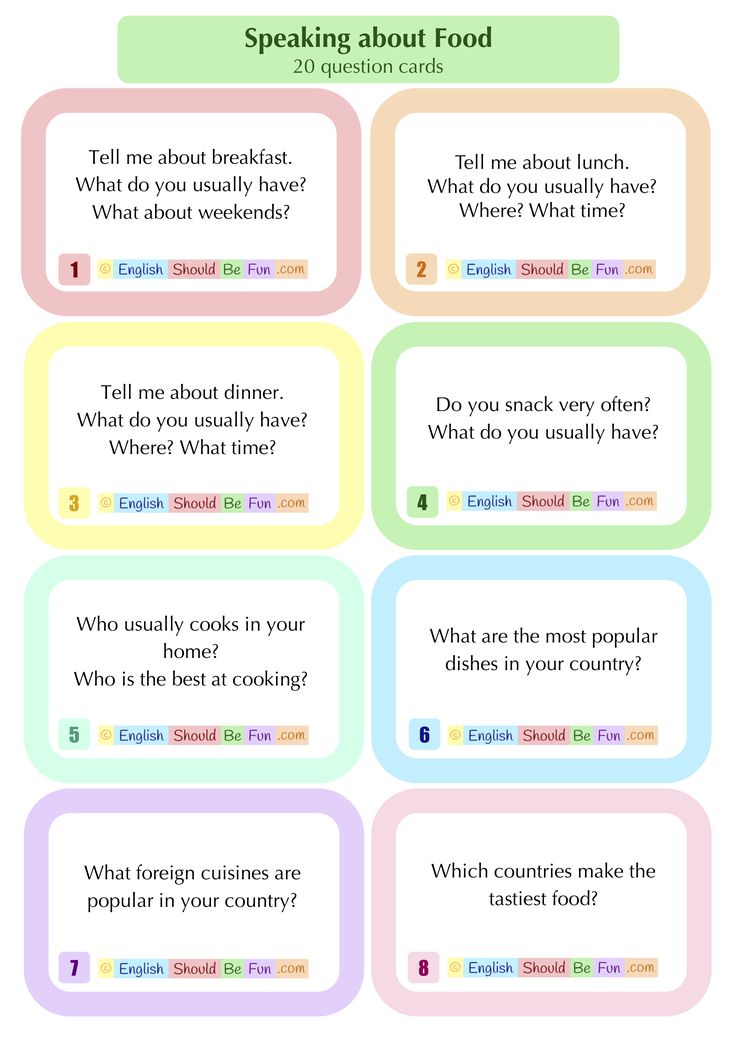 When your kids learn their colors, it is more than memorization. They show the ability to identify, match, and name different colors. When you say a color out loud, your child should be able to choose the corresponding color. Your kid should also be able to see two objects of the same color and be able to put them together. Finally, your child should learn the correct name for each color. You might find that your child excels at some but not all aspects of color interpretation. That is okay, and development occurs in time. Your child has an easier time learning primary colors before venturing into different gradients of color. Start small when you teach your children about color and build on their knowledge over time.
When your kids learn their colors, it is more than memorization. They show the ability to identify, match, and name different colors. When you say a color out loud, your child should be able to choose the corresponding color. Your kid should also be able to see two objects of the same color and be able to put them together. Finally, your child should learn the correct name for each color. You might find that your child excels at some but not all aspects of color interpretation. That is okay, and development occurs in time. Your child has an easier time learning primary colors before venturing into different gradients of color. Start small when you teach your children about color and build on their knowledge over time.
If you are wondering how to teach colors to toddlers, a simple way to improve your kids’ abilities to understand colors is to interactively immerse them into it.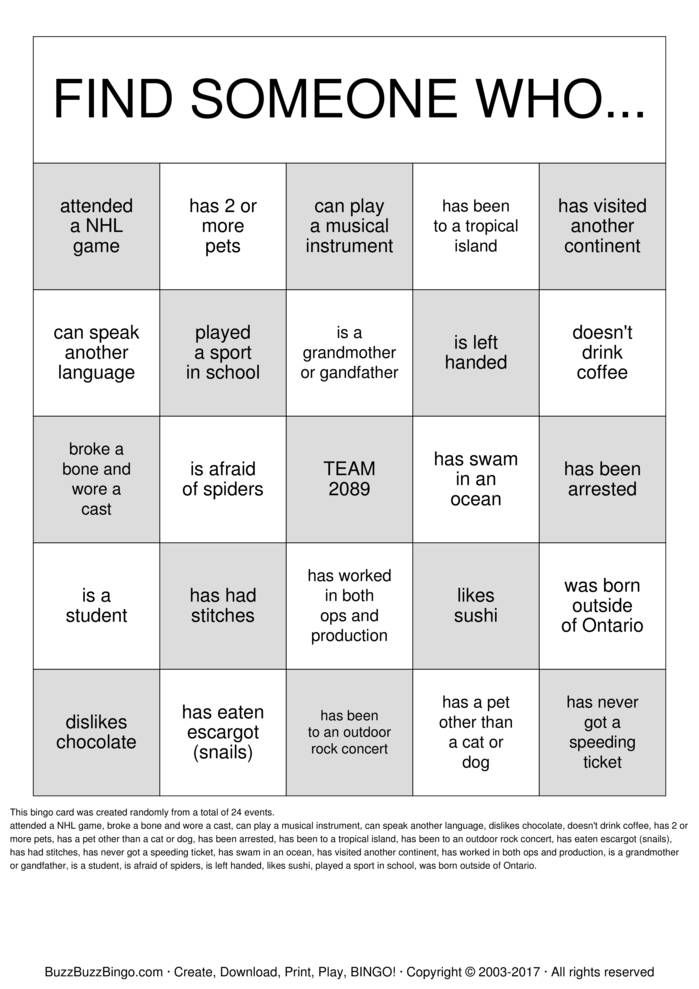 Paint with your children. Start with bright colors like yellow or red, as young children naturally like those pigments. You can focus on one color a week to make it easier. As your child develops, add in more colors. Buy glitter glue, stamps, or craft items of the corresponding color that you can add into the mix. As your toddlers grow, you can talk about how the colors mix and form new colors.
Paint with your children. Start with bright colors like yellow or red, as young children naturally like those pigments. You can focus on one color a week to make it easier. As your child develops, add in more colors. Buy glitter glue, stamps, or craft items of the corresponding color that you can add into the mix. As your toddlers grow, you can talk about how the colors mix and form new colors.
Sale
Skoolzy Rainbow Counting Bears Toddler Toys For 3 Year Old Gifts Stocking Stuffers, Sorting Cups, Montessori Sensory Toys, 1 Preschool Learning Activities Math Games Dice Toy, Montessori Tongs, 2 Bags
- PRESCHOOL LEARNING TOYS: Children will find MANY WAYS TO PLAY. The Skoolzy Rainbow Counting Bears with Matching Sorting Cups, Bear Counters & bear DICE make for fun math toddler games and sensory toys for autistic children.
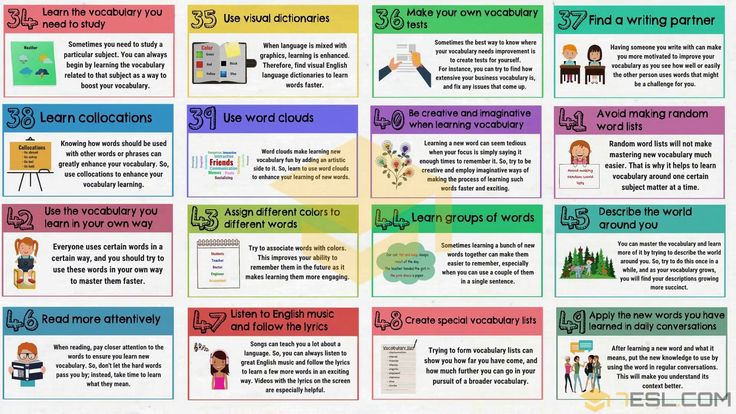 As occupational therapy toys for toddlers, preschool toys and prek, grades 1-3 toys for girl or boy; the stacking toys improve hand-eye coordination and fine motor skills development for 3, 4, 5 or 6 year old kids to learn to add, count, sort & stack
As occupational therapy toys for toddlers, preschool toys and prek, grades 1-3 toys for girl or boy; the stacking toys improve hand-eye coordination and fine motor skills development for 3, 4, 5 or 6 year old kids to learn to add, count, sort & stack - TODDLER EDUCATIONAL TOYS: Great STEM educational math manipulatives for preschoolers and christmas present that includes rainbow color sorting & counting activities designed to MOTIVATE AND STIMULATE YOUR CHILD'S MIND. The bear counters are also great as sensory autism toys or math Montessori toys for toddlers. The toddler toys work as baby learning toys for 3 year old boys and toys for girls to make fun toddler activities. They are useful for preschool learning toys for 4, 5 or 6 year olds.
Last update on 2023-03-05 / Affiliate links / Images from Amazon Product Advertising API
Make learning colors into a game with color sorting, such as Skoolzy Rainbow Counting Bears. It comes with red, yellow, blue, green, orange, and purple bears, along with coordinating cups.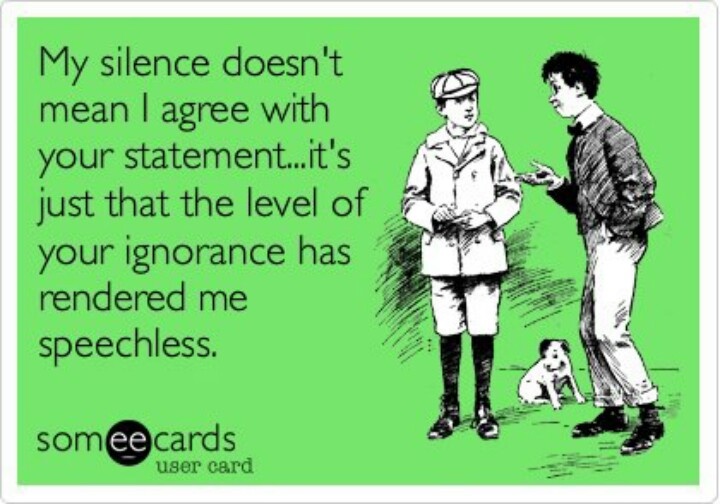 Kids can simply have fun putting the bears into the right cups and using the scoop to get the bears back out. You can also have your kid role the large dice to see which color bears to sort. Teaching your kids to sort is also an important development marker at age two. Let your kids come up with their own rules to the game as well. This game aids your child’s development by reinforcing the difference between an object and a color by giving them various objects of the same color.
Kids can simply have fun putting the bears into the right cups and using the scoop to get the bears back out. You can also have your kid role the large dice to see which color bears to sort. Teaching your kids to sort is also an important development marker at age two. Let your kids come up with their own rules to the game as well. This game aids your child’s development by reinforcing the difference between an object and a color by giving them various objects of the same color.
When you need a game that reinforces color learning that you can play indoors or outdoors, try something physical. Fill a bucket with colorful objects. Choose individual items that have a consistent color throughout to avoid confusing your kids. Try colorful hairbrushes or small stuffed animals that are all one color. Call out a specific color. Have your kids pull a corresponding item out of the bucket and run to you with it. You can make it more adaptable to the outdoors by using different color water balloons. Then have them run and throw it. Your kids will want to get the right colors to keep playing the game.
Then have them run and throw it. Your kids will want to get the right colors to keep playing the game.
Sale
Kidzlane Color Matching Egg Set - Toddler Toys - Educational Color & Number Recognition Skills Learning Egg Toy Egg Puzzle | Toys for Toddlers, Boys, Girls, Kids
- Terrific Toddler Learning Toy: 12 charming toy eggs for toddlers in a carton will help preschoolers learn to count, sort, and match! Each plastic egg contains a different color and number, with corresponding pegs and holes.
- Basic Counting Skills : Start building smart minds with the right educational toys! Interactive egg toys will improve hand dexterity, color recognition, and fine motor skills while engaging minds.
Last update on 2023-03-05 / Affiliate links / Images from Amazon Product Advertising API
Matching colors together can help reinforce the concepts of internalizing color learning.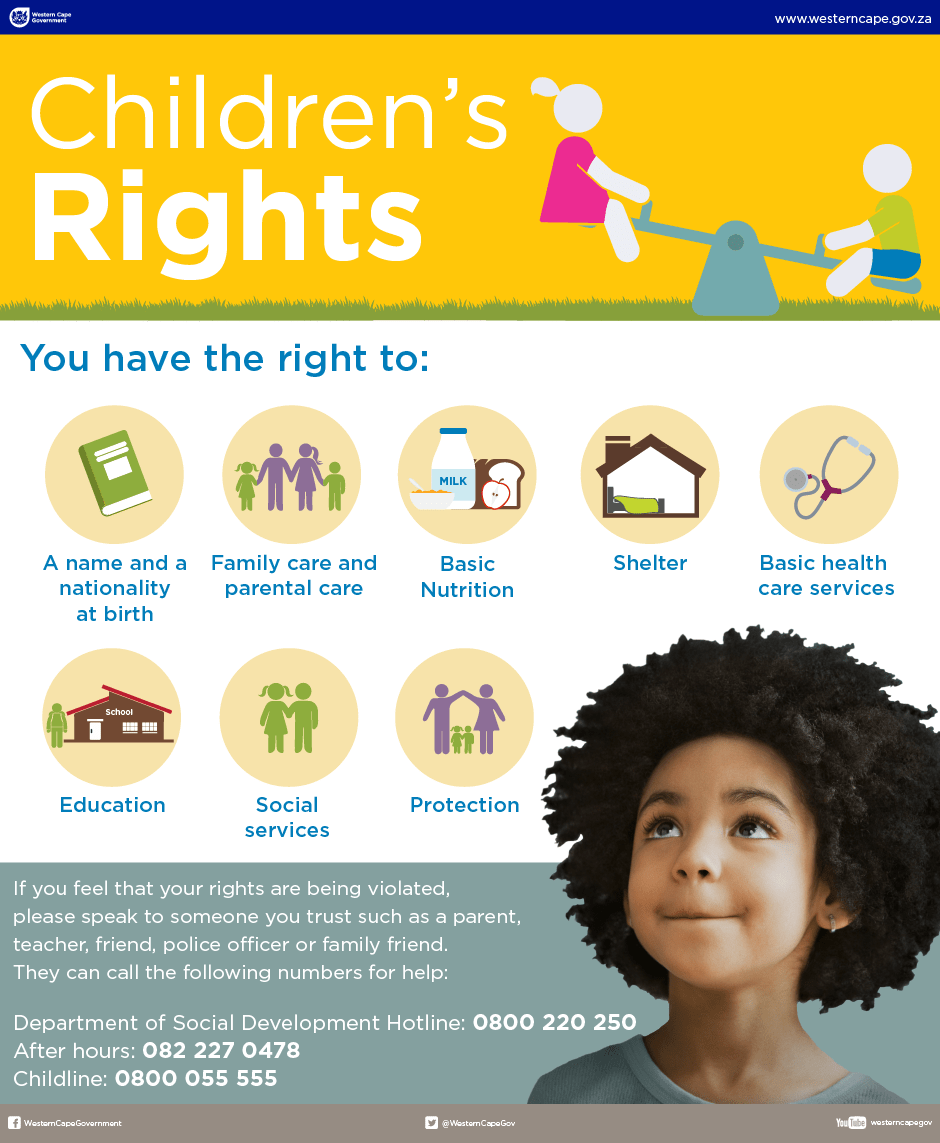 Kidzland’s Color Matching Egg Setlets kids crack open an egg to see different colors. To put the eggs back together, kids have to choose the same color of eggs. As your kid grows, this can be useful for pretend cooking and learning to count as well.
Kidzland’s Color Matching Egg Setlets kids crack open an egg to see different colors. To put the eggs back together, kids have to choose the same color of eggs. As your kid grows, this can be useful for pretend cooking and learning to count as well.
Along with other activities that help children learn matching and identification, flashcards can help with naming. A stack of cards with an object of a certain color and a written name reinforces the color words, especially as your child learns the alphabet and starts putting words together. When you go through the flashcards with your child, sound out and point to the words as well. Although you can use flashcards with any toddler, this is a great way to teach older toddlers about colors.
Your toddler learns colors over a substantial period of time. The rate of learning is different for individual kids. Use the guidelines of knowing at least one color by age three and several by age four as a quick rubric for your child’s development.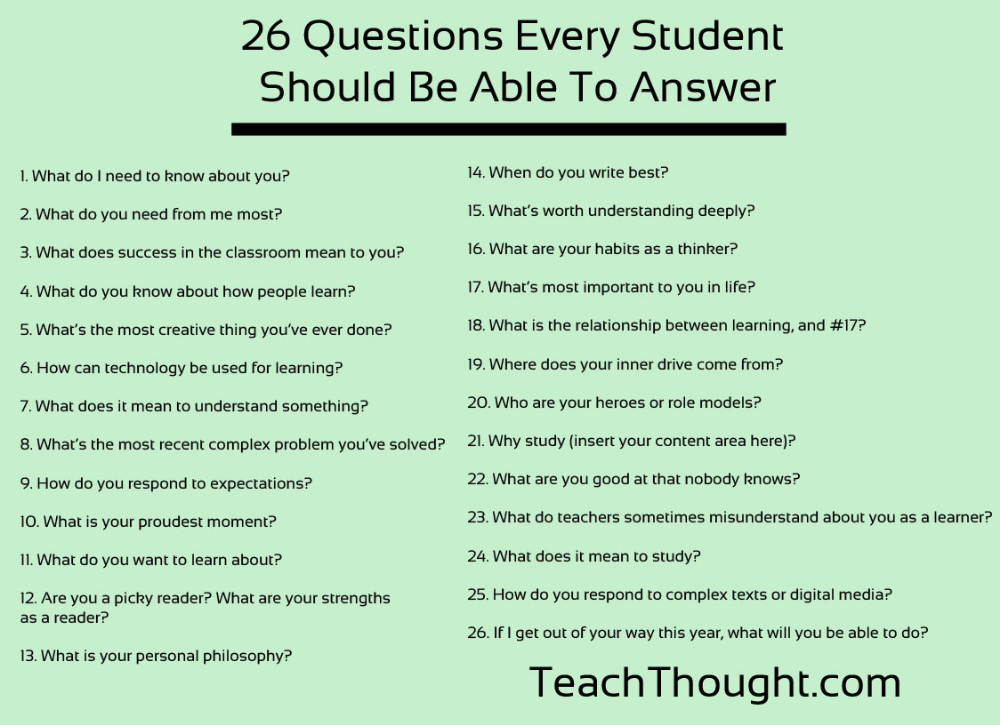 There are lots of fun ways you can engage with your child to teach colors as well as technology like learning tablets. Try these methods to spur your children’s color learning and development.
There are lots of fun ways you can engage with your child to teach colors as well as technology like learning tablets. Try these methods to spur your children’s color learning and development.
Developing color perception
Reviewer Kovtun Tatiana Anatolievna
8996 views
September 15, 2021
We are surrounded by an amazing and unique world. Full of colors and all sorts of shades. And so I want not only to teach the child to identify the primary colors, but also to show him the beauty of the color palette! Acquaintance with color helps to perceive objects and phenomena of the surrounding world more fully and more subtly, develops observation, thinking, and enriches speech. You can already develop color perception with the smallest peanuts.
You can already develop color perception with the smallest peanuts.
How children see color
Traditionally, newborn babies were thought to be color blind. But modern research has shown that babies are able to perceive bright, saturated colors, especially yellow, orange, red, green and turquoise. For the first 1-2 months, babies prefer to look at black and white images. This is due to their greater contrast. Already at 2 months, the child is able to distinguish more delicate colors (blue, purple). Infants' color vision develops very quickly. By 4 months they can distinguish most colors, and by 6 months the ability to distinguish colors in children is almost the same as in adults.
Glenn Doman Method
This is confirmed by the technique of Glenn Doman. He offered to introduce children to colors from infancy, simply showing them cards with one or another color or shade and naming it. Mothers who tried the technique on their children were amazed: five-six-month-old babies could easily choose from a whole bunch exactly the card that they were asked for, whether it was the color of aqua, electric or somon. We are sure that not all adults imagine what these colors look like.
We are sure that not all adults imagine what these colors look like.
If the Doman method does not seem interesting to you, you can learn colors with the baby during the game.
Color introduction
You need to start with the simplest: introduce the baby to the four colors - red, blue, yellow and green. At the first stage, you simply show the child objects and name the color. Ideally, if you have a whole set of items of the same color. So you can teach your baby the simplest sorting - put all objects that match in color into a cup of the same color.
Invite the child to pick up caps for felt-tip pens or lay out rectangles of colored paper of different colors on the table and ask them to put 3-5 objects of the same color on each sheet.
What else can be sorted?
- Beads
- Buttons
- Colored crayons
Invite your child to play. Prepare four to six small transparent jars of clean water in advance.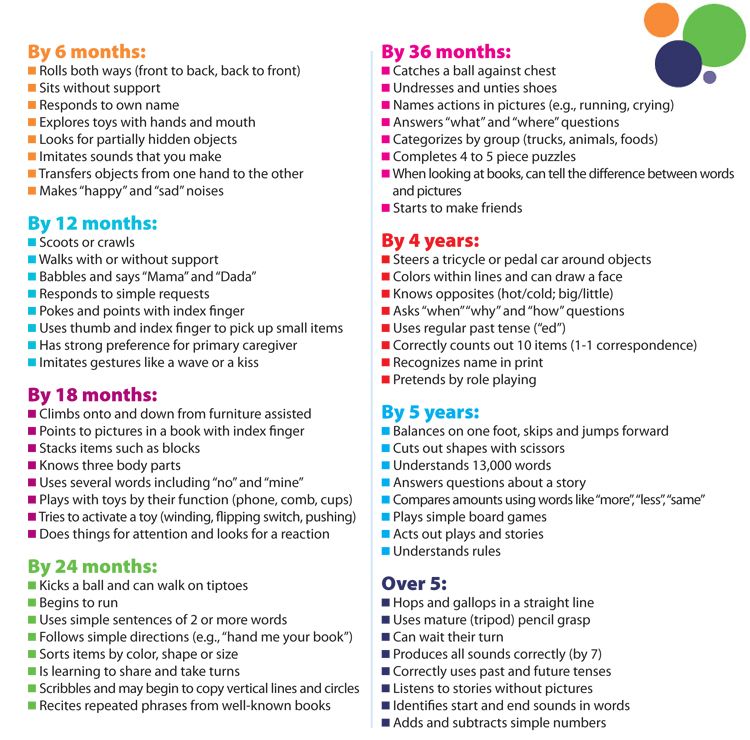 Drop gouaches of the same color on each cap. Close jars carefully. The kid should shake the jar and the water will turn one color or another. His task is to name this color and show a can of paint of the same shade.
Drop gouaches of the same color on each cap. Close jars carefully. The kid should shake the jar and the water will turn one color or another. His task is to name this color and show a can of paint of the same shade.
New colors and shades
When the baby gets comfortable with the main colors of the rainbow, as well as with black and white, you can complicate the task. Move on to the study of colors that are not so common in everyday life. Pink, lilac, brown, gray, gold, silver - look at objects around and pictures in books, name the color and shade.
When the child is free to navigate at least 10-12 colors, it's time to go to the hardware store and purchase a palette of shades (such as on the counter where decorative paints are tinted). These simple cards will help your child learn the concepts of "darker" and "lighter". Cut the palette into fragments and fan out with your child. First from dark to light, then vice versa. Gradually, he will begin to capture the slightest color differences.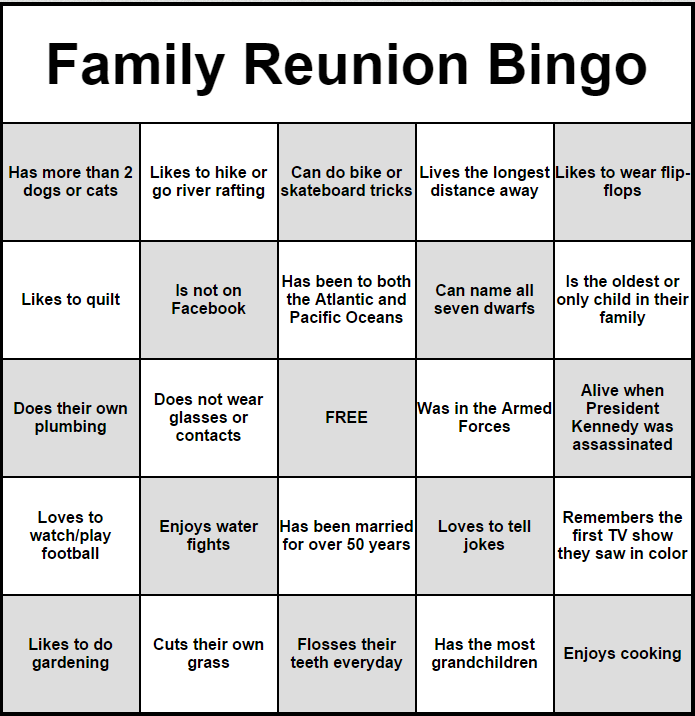
You can consolidate the result by taking the palette outside and choosing one or another object for each shade.
Every color has its season
Spring and summer are the perfect time to explore all the shades of green, red and purple. Autumn is the time of yellow and orange, and winter is blue, white (yes, there are a lot of shades of white) and black.
Drawing!
And, of course, a great way to develop color perception is drawing. Prepare a large sheet of paper, open 6 jars of gouache with your child, take a brush and start mixing colors. What do you get when you mix red and yellow? What if you add white? And blue for them?
Is it possible to recognize all the colors and learn them by heart? Probably yes, but is it necessary? It is better to teach a child to feel the color and its beauty, look for unusual shades in ordinary things and just enjoy the beauty of the world around us.
Maria Montessori believed that the formation of a sense of color plays a significant role in the psychophysical development of a child, but this development does not occur on its own, special efforts of the teacher are required, and special didactic materials are also needed.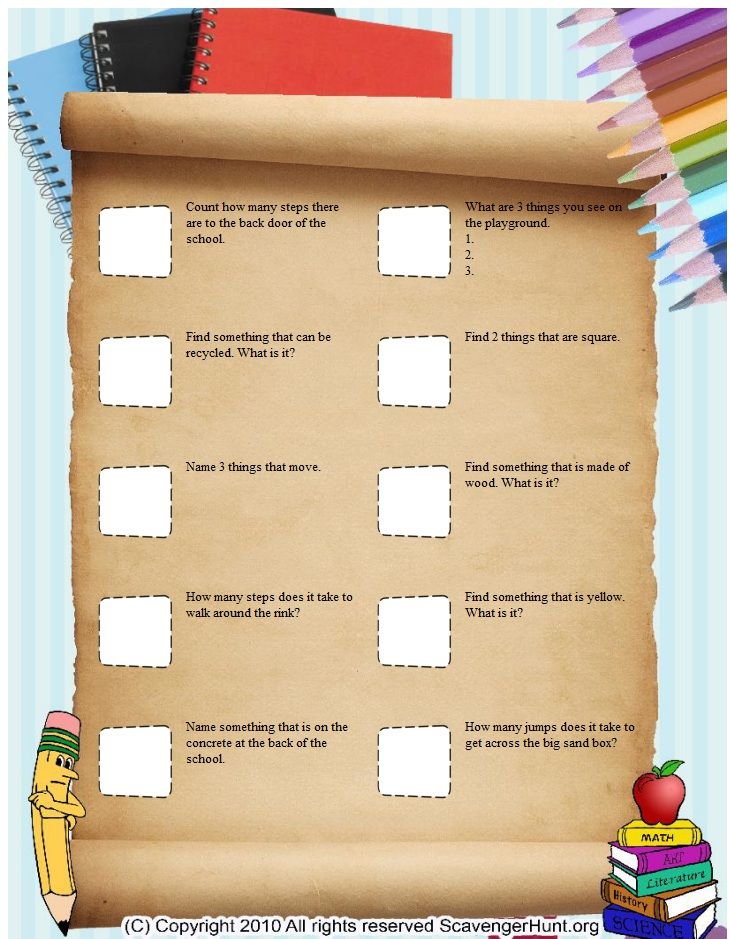
Color books
- Learn colors and numbers. Sunny photobook published by Clever. This is where to start. 10 spreads, 10 colors, colorful illustrations and interesting tasks. The kid will learn colors and numbers.
- Olga Karyakina. “I am learning colors. Cut cards. This is a memory, and a puzzle, and learning to color. An excellent tool for developing the basics of color perception and expanding the baby's vocabulary.
- Celine Potard. "Big Atlas of Animals". The peculiarity of this atlas is that the animals here appear in an unusual classification - by color! Very bright and original.
- Fanny Marceau. "Colors. Big encyclopedia for the little ones. Colorful illustrations, a scale of shades, a lot of bright illustrations and information about all the colors in the world.
- “Getting ready for school. Learning colors. Clever Publishing. An excellent manual with a lot of creative tasks for children 3-4 years old. Interesting about colors and shades, stickers as a reward and a lot of creative pastime.
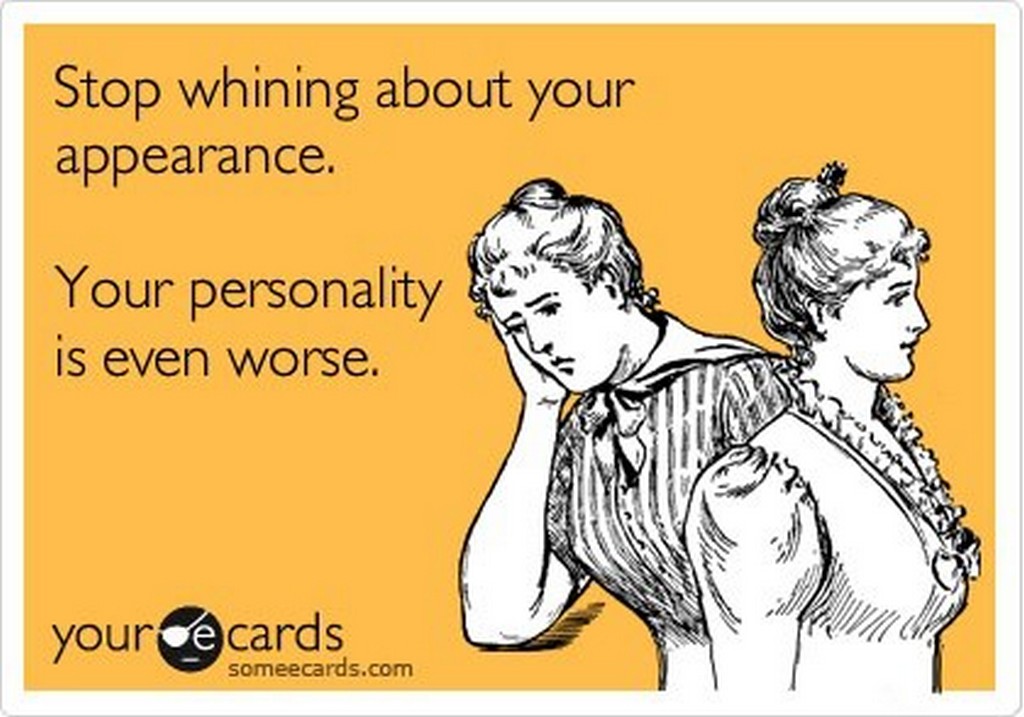
Reviewer Kovtun Tatiana Anatolievna
Scientific adviser of PROGRESS JSC, Ph.D. The age at which a child usually begins to be interested in the difference in colors is 2-3 years. If your kid doesn't want to learn colors, then it's not time yet. Usually, children who are already interested in colors begin to distinguish and name them (if, of course, they already know how to speak) very quickly, in just a few weeks or even days.
How to learn colors with 1-year-olds
Although children only begin to distinguish colors well at 2-4 years old, you can prepare your baby for discrimination on a sensory level. To do this, use boxes with treasures. In Montessori pedagogy, they are offered to babies from 6 months old to obtain information about the sensory properties of objects.
Fill the box with items of the same color. Since this is a sensory exercise, it is not necessary to identify and memorize the names. When presenting the box to the baby, say: “Look, everything is red here!”, But do not insist that he remembers.
How to teach colors to two year olds
Sorting. Before proceeding to the study of names, let the child practice in distinguishing on sorts. First, offer extremely simple sorting into 2-3 colors. Identical objects are laid out by hand in containers of the corresponding color.
For such sortings, it is better to first take the same items of different colors. Take 3 cups: one is red, another is blue, the third is yellow and cardboard circles of the same colors (for example, 5 circles of each color). Show your child how you put the yellow circle in the yellow cup, the red circle in the red cup, and the blue circle in the blue cup. Invite the child to continue on their own.
Then you can offer more complex color sortings for objects of different shapes and give other interesting sortings, complete with motor skills exercises (for example, sorting buttons of three colors into 3 jars or boxes with slots).
Gradually make sorting more difficult, for example, let items be sorted with tongs, a spoon, tweezers.
Plasticine exercise. Make cakes together from red, yellow, green and blue plasticine. Prepare buttons, sequins, beads of the same colors. Have the children glue them onto the plasticine. This activity is also great for developing motor skills.
Signboard exercises. Once you've verified that your child can distinguish colors well with the help of sorting, you can enter the names using the three-step Montessori lesson. To do this, you will need colored plates or colored squares with a white border.
Show the child 3 squares with unfamiliar colors:
- Step 1. You say and show: "This is red, this is blue, this is yellow."
- 2nd step. You ask: “Where is the red? Where is yellow?
- Stage 3 (they pass to it only after the child has stopped making mistakes in the 2nd stage, and only if the child can already pronounce at least some of the names).
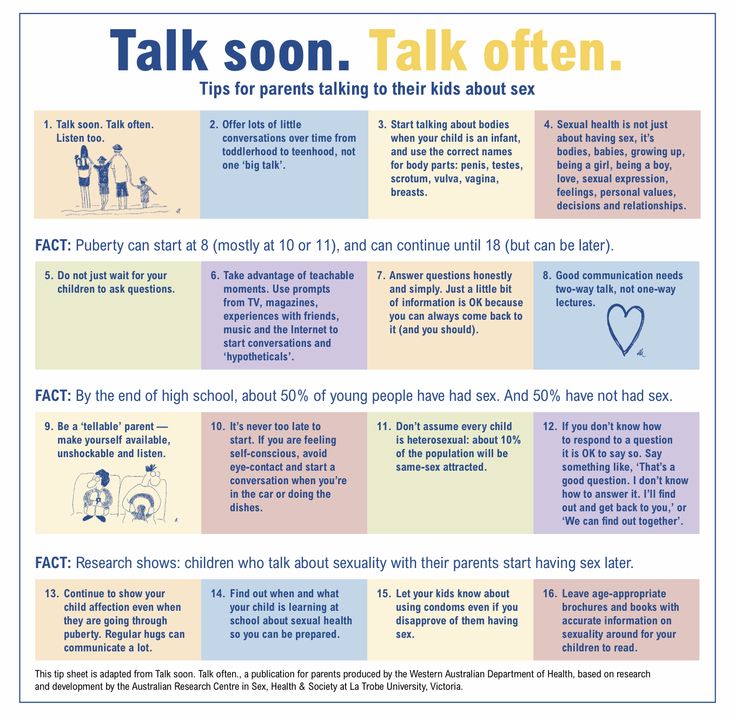 You ask: “What color is this? And this one?
You ask: “What color is this? And this one?
Gradually introduce more and more colors, but during the lesson always offer only 3 colors at a time. Such a simple and visual lesson will help your kid to remember the colors easily.
How to teach colors to three-year-olds
By the age of three, children can often remember several names. If it doesn't, don't worry: continue with the sorts and other exercises below.
Selection of items from the environment. The kid picks up small toys for each color plate. This teaches the perception of shades: red is rarely the same, but the child needs to choose the closest match.
Box with things from home. This is a more abstract lesson: children do not see signs in front of them. You give a basket and ask them to put everything yellow that is in the house or class into it. Do not forget that everything collected will need to be put in place.
Choice of clothespins. Make a lot of colorful circles out of cardboard or heavy paper, glue them on regular clothespins. Offer to find the corresponding to each sector on the big circle.
Make a lot of colorful circles out of cardboard or heavy paper, glue them on regular clothespins. Offer to find the corresponding to each sector on the big circle.
Yellow, say hello to red! This classic Montessori game develops attention and social skills. Each is given a colored plate. Then the leader suggests actions: “Yellow, come to me! Red, say hello to blue!" and so on.
Take your circle. A very fun outdoor game that is good to play with several children to memorize the names of colors: make circles on the floor with colored threads or ribbons (in summer it's great to draw them with colored crayons on the pavement), turn on the music and dance with the children. When you stop the music, name a color and have the children move to the circle of the corresponding color as quickly as possible.
How to teach colors to four year olds
Color mixing games. When the primary colors are well learned, children become interested in mixing them.



